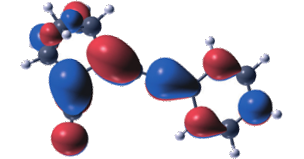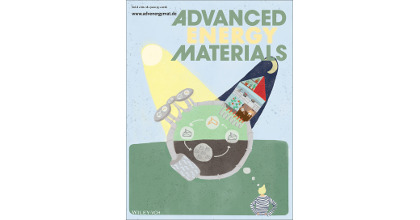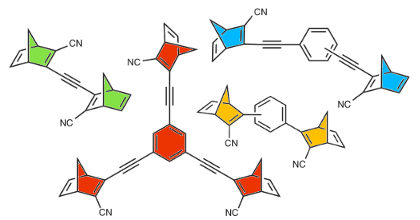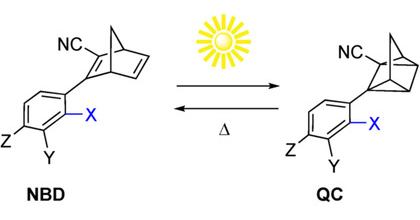Storing energy with molecular photoisomers
Z. Wang,
P. Erhart,
T. Li,
Z. Zhang,
D. Sampedro,
Z. Hu,
H. A. Wegner,
O. Brummel,
J. Libuda,
M. B. Nielsen,
and
K. Moth-Poulsen
Joule 5, 3116
(2021)
doi: 10.1016/j.joule.2021.11.001
Download PDF
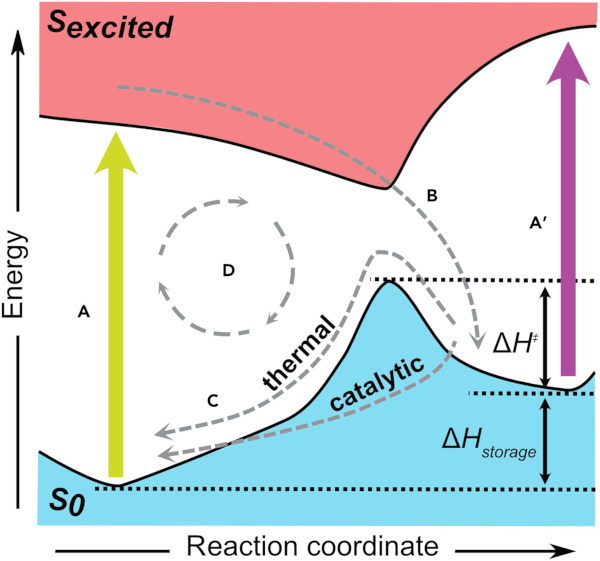
Some molecular photoisomers can be isomerized to a metastable high-energy state by exposure to light. These molecules can then be thermally or catalytically converted back to their initial state, releasing heat in the process. Such a reversible photochemical process has been considered for developing molecular solar thermal (MOST) systems. In this review, we introduce the concept, criteria, and state-of-the-art of MOST systems, with an emphasis on the three most promising molecular systems: norbornadiene/quadricyclane, E/Z-azobenzene, and dihydroazulene/vinylheptafulvene. After discussing the fundamental working principles, we focus on molecular design strategies for improving solar energy storage performance, remaining challenges, and potential focus areas. Finally, we summarize the current molecular incorporation into functional devices and conclude with a perspective on challenges and future directions.
